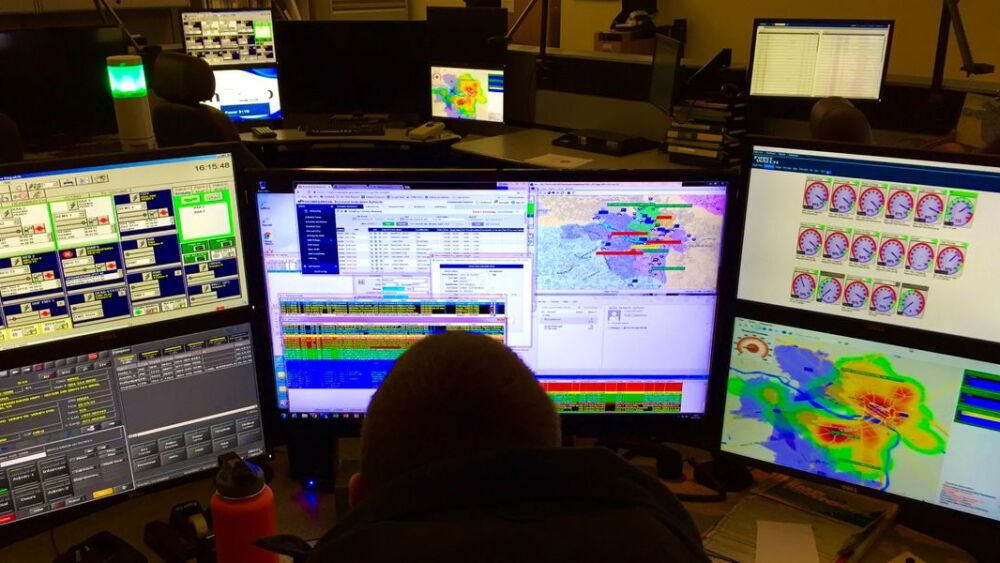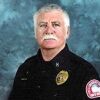The communications center, often called a com-center or just dispatch, is the core of the fire department response system. It processes emergency information and connects the information to the appropriate agency while controlling the entire communication system. Quite literally, the dispatch center is the first of the first responders.
Com-center standards
The entire emergency communications system is outlined in NFPA 1221: Standard for the Installation, Maintenance, and Use of Emergency Services Communications Systems. Further, the systems, equipment and procedures associated with the various communications systems are outlined in NFPA 1001: Standards for Fire Fighter Professional Qualifications.
Types of communication centers
There are four basic types of communication centers.
- The stand-alone center is utilized by one specific fire department.
- A regional center serves many fire departments over a larger area.
- A co-located center shares space with other public safety agencies, such as law enforcement and EMS.
- An integrated center has all center personnel cross-trained in providing services for multiple agencies.
The size of a communication center depends on the area and agencies served as well as the information needs of those organizations connected to it.
Regardless of the type, all com-centers must provide certain operational services. They must be able to receive emergency and non-emergency calls from various communication systems and be able to record the contacts. In addition, com-centers must have quick access to relevant agencies, organizations, businesses and private entities needed for timely situational response.
Com-centers can use signal repeater radio channels, commercial telephone lines and computer contacts for essential and non-essential communications to talk to civilians, activate response capabilities, monitor field units and coordinate and prioritize all movements within their purview. Newer agency models contain activities, such as CPR and first aid instructions, as well addressing individual issues, such as water line breaks, power outages and weather and traffic information.
Dispatcher skills
Whether trained for a specific type of response or working for multiple organizations, personnel working in a communications center – called dispatchers – must be highly skilled, able to understand and follow complex processes, know complicated procedures, and be able to make decisions accurately and in a timely fashion. Further, dispatchers must be accomplished in equipment operations, incident management as well as all policy and procedures relating to initiating and maintaining incident communications.
Dispatchers expedite all communication procedures that activate first responders after alarm initiation. A dispatcher’s greatest asset is revealed in their ability to talk to civilians under extreme and highly stressful conditions while obtaining the appropriate information to initiate an effective response by emergency services. Dispatchers must be professional and nonjudgmental in the course of interacting with the public.
They need to handle a variety of calls and requests and know how to refer non-emergency callers to the appropriate person or agency. Multi-tasking and common sense, in addition to a thick skin, are essential qualities for all communication center personnel.
Facility requirements
Communication centers are built in many configurations depending on the needs of the area and agencies served. Under NFPA 1221, communications centers must be built in an environmentally stable location, well-protected against threats, and completely secured, including limited windows and monitored entrances. A communications center must have automatic backup power and resources for extended operational periods.
Com-center equipment
Most communication centers are equipped with commercial phone systems, direct lines and dedicated 911 telephones. In addition to public phone service, com-centers are equipped with direct lines to specific agencies.
Communications centers can receive alarms from the public or directly by private fire alarm systems, such as those found in hotels, offices and other assemblies. Once a call is received by dispatch, there is equipment designed to alert and dispatch the appropriate agency units in response to the specific emergency or situation.
Most centers have two-way wireless radio systems connecting themselves, various agencies and individual firefighters. Note: Due to their accessible transmissions by the public and media, two-way radios should never be used by firefighters to communicate a message that may embarrass or bring liability to their fire departments.
Computer-aided dispatch (CAD)
Computers are incorporated into communication centers to handle increased call volume, create and store records, analyze data and provide remote locations with information. This is called a computer-aided dispatch (CAD). Some systems can select and dispatch units automatically while determining the quickest route to the scene. They can monitor unit status and display and relay the information as needed. Some CAD systems can track vehicles using GPS or Automatic Vehicle Locating (AVL). Computer information can be transmitted directly to fire stations or apparatus computers.
Voice recorders and activity logs
All activities in a communications center are recorded, either by voice recording or by documentation. This allows for an accurate account of all incidents and situations for use in defending response actions or providing proof of responsible actions by emergency personnel.
Having an accurate record of center proceedings provides an ongoing review of all department operations, allowing for continuing analysis and improved operations. These systems are invaluable when faced with excited callers, hang-ups, or a foreign-language speaker, as calls can be instantly played back for review.
An integrated report and records management system is shared by all organizations and is serviced by the com-center. These systems tie groups together and convey all task-related information or direct orders.
Final thoughts
The dispatch center plays a significant role in handling fire alarms, coordinating emergency response, or simply calming a panicked civilian, all the while advancing solutions that may or may not be in the books.
If dispatch is the center of all emergency communications, then dispatchers are the heart and soul of the response capability. A communications center, however sophisticated, is only as effective and efficient as the dispatcher taking the call, prioritizing the response sequence and relaying vital information to the appropriate responder – current and clear.
While most firefighters agree that communications plays an important role on the fireground and during incident operations, it can be argued that communications is THE critical element in determining the successful outcome of any situation or emergency.
So, how important is communication? Check your memory bank. It is the first major topic of any incident critique.












